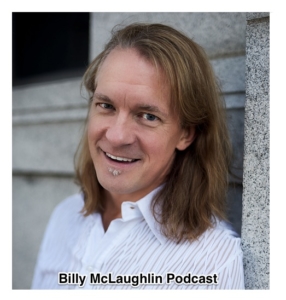20th Anniversary Christmas Tour Dates Announced!
It all started as a quartet in 2003. Carin Vagle, Jeni-Lyn Starr, Billy O and Billy McLaughin played concerts in Milwaukee, Duluth and a handful of shows around the Twin Cities that year. 20 years and 300 shows later, SimpleGifts with Billy McLaughlin is still ringing in the holidays with Carin Vagle, Karen Paurus, Amy Courts on vocals, Laura MacKenzie on assorted Celtic wind-powered instruments, Billy O on ornamental percussion, Enrique Toussaint on bass, Nathan Wilson on violin and mandolin, and Lisa Z on piano.
As one of the larger MN holiday ensembles still standing, SimpleGifts continues to grow a multi-generational fanbase through touring and streaming via online platforms that did not even exist in 2003. You can stream SimpleGifts on all streaming platforms, buy CDs at all 20th Anniversary shows along with new merch, and rumor has it there may be vinyl in the future for the 21st SimpleGifts Christmas Tour.
Special shows include the return of Jeni-Lyn Starr and Heather Garborg Moen at the Parkway only on Dec 17 and an extended-play show driven by fan requests dubbed “SimplePaLooza”only on Dec 22.
2023 TOUR DATES:
01 DEC, FRIDAY – LAKEVILLE, MN
08 DEC, FRIDAY – PLYMOUTH, MN
09 DEC, SATURDAY – WORTHINGTON, MN
15 DEC, FRIDAY – ST PAUL, MN
17 DEC, SUNDAY – REUNION EDITION – MINNEAPOLIS, MN
19 DEC, TUESDAY – MATINEE – MARINE-ON-ST-CROIX, MN
20 DEC, WEDNESDAY – MATINEE -MARINE-ON-ST-CROIX, MN
21 DEC, THURSDAY– MARINE-ON-ST-CROIX, MN
22 DEC, FRIDAY – SIMPLEPALOOZA – MARINE-ON-ST-CROIX, MN
23 DEC, SATURDAY – MARINE-ON-ST-CROIX, MN



